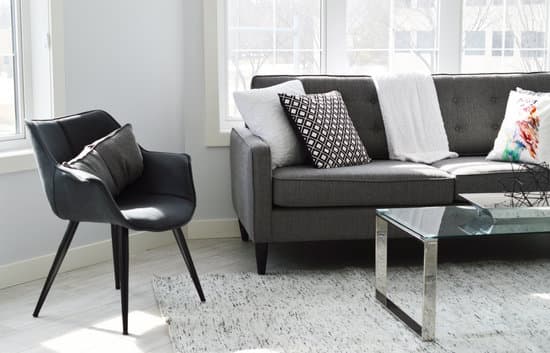While carpets might add some comfort to a dining room, they also come with a lot of disadvantages that should be considered before choosing a carpet for this area. Some of the disadvantages of carpet in a dining room include:
Carpet is a magnet for dust and allergens that can trigger respiratory issues for some individuals. Dust and other particles can settle deep into carpet fibers, making them difficult to remove and causing ongoing irritation for those with allergies or asthma.
Carpets are also a perfect habitat for dust mites and other insects, such as fleas. These can exacerbate allergies and asthma and create an unhealthy dining environment.
Carpet can store moisture and lead to mold growth, which is not only unsightly but can be downright dangerous for individuals with allergies or respiratory conditions.
Finally, cleaning a dining room carpet can be challenging. Spills and stains are more likely to occur in a dining area, making for frequent cleaning needs. And even with regular vacuuming and shampooing, carpets can harbor bacteria and germs.
All things considered, carpet might not be the best option for a dining room. Consider alternatives such as hardwood or tile, which are easier to clean and less allergenic. If you still prefer the look and feel of carpet in your dining room, be sure to properly maintain it with regular cleaning and vacuuming, and consider professional cleaning services to keep it in top condition.



















